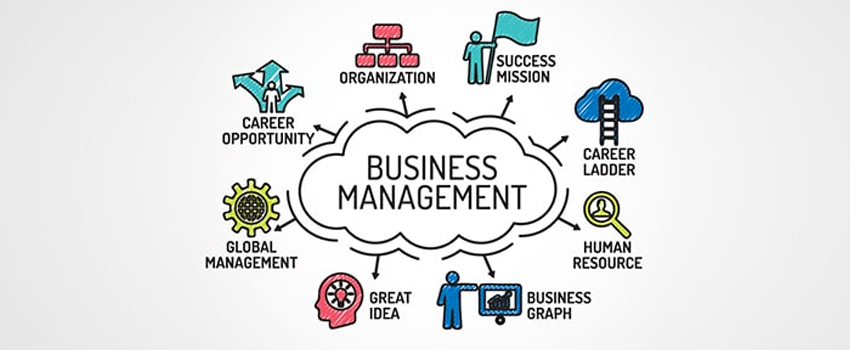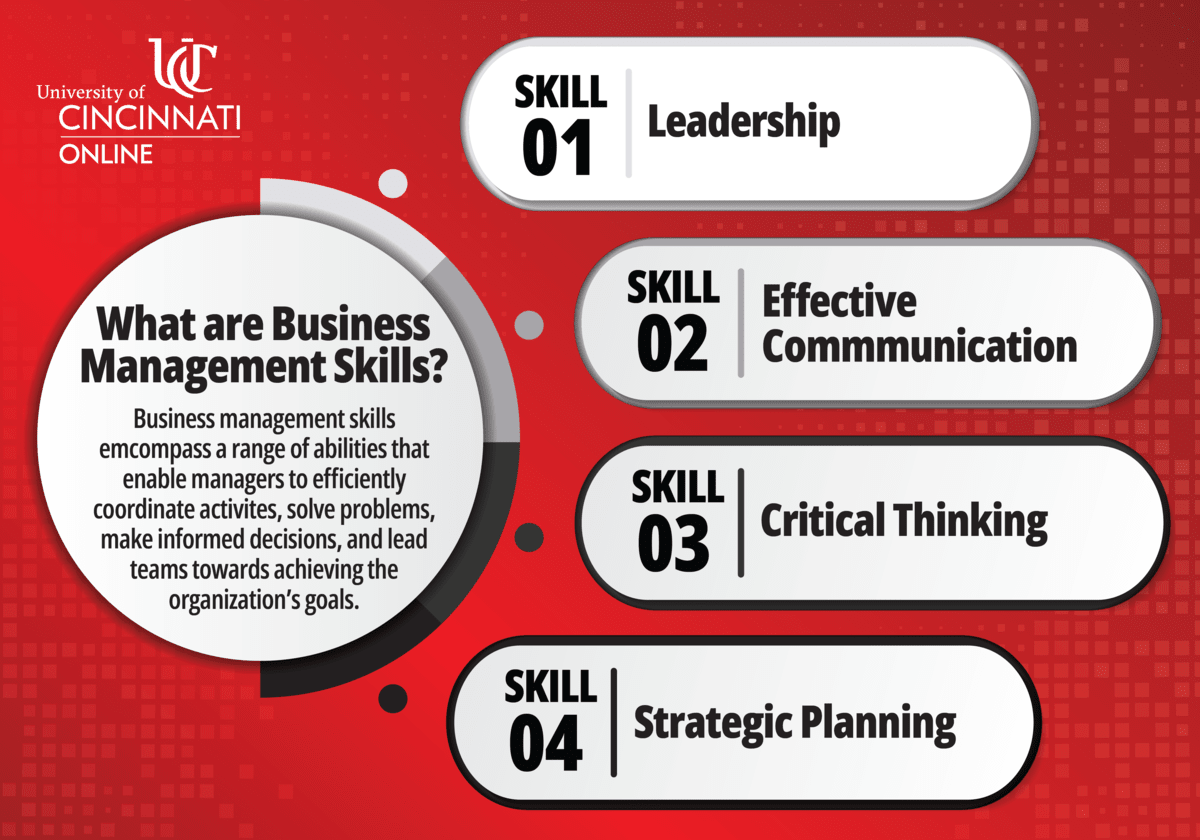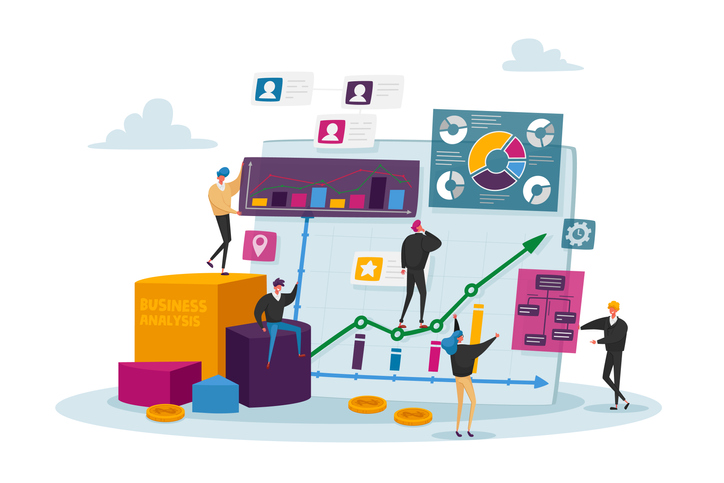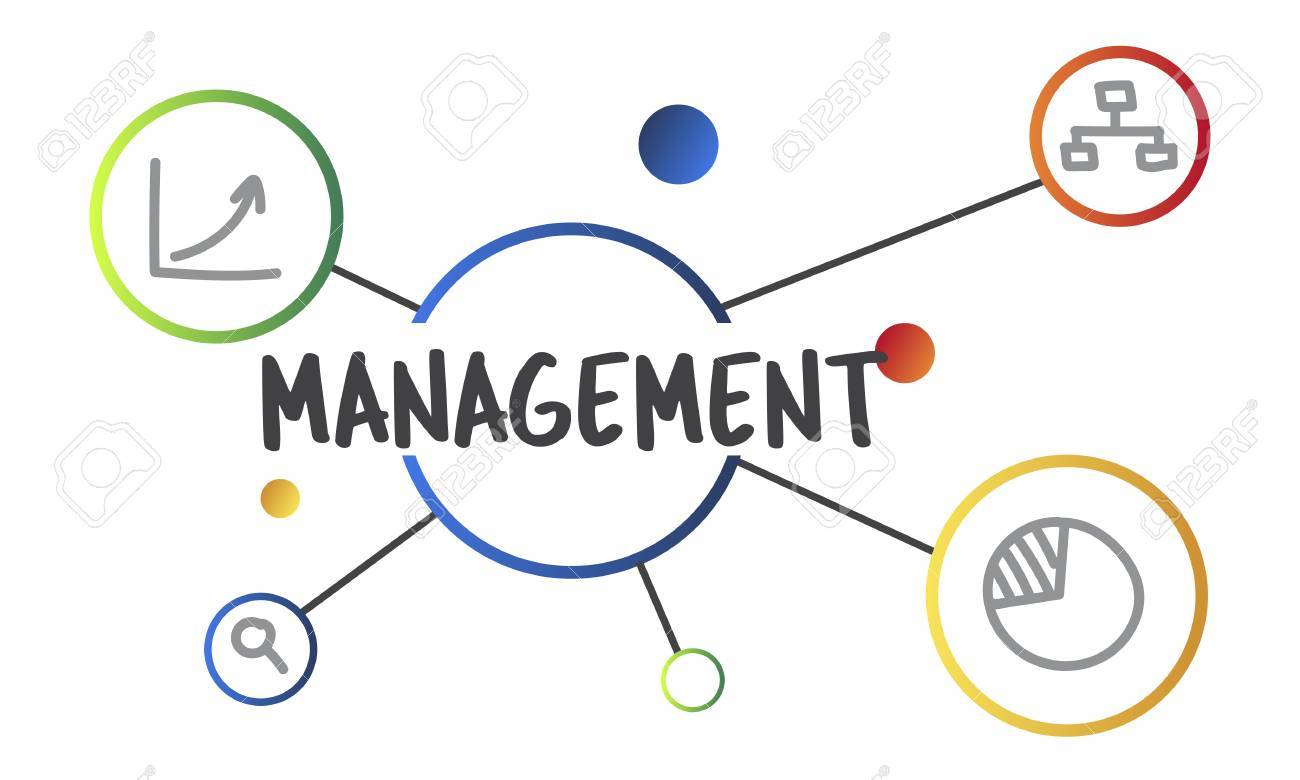Leading SAFe for Execs: Why It's Essential for Enterprise Success
Wiki Article
SAFe Qualification: Equipping Leaders in Scaled Agile Frameworks
The landscape of project monitoring is progressing, and SAFe Qualification stands as a pivotal component for leaders looking for to execute the Scaled Agile Structure successfully. The journey to coming to be a licensed SAFe leader entails more than simply acquiring understanding; it incorporates recognizing the nuanced roles and responsibilities within agile environments.Comprehending SAFe Qualification
SAFe accreditation, which stands for Scaled Agile Structure certification, is a credentialing program developed to equip specialists with the knowledge and abilities required to implement nimble methods at range within their organizations. The SAFe structure offers a structured approach that helps organizations straighten their groups and manage larger jobs effectively, making sure that active approaches are used continually throughout various degrees.The qualification includes different duties, including SAFe Agilist, SAFe Professional, and SAFe Program Specialist, each focusing on various elements of the structure. The program highlights the importance of lean concepts, constant delivery, and partnership amongst groups, cultivating an environment conducive to technology and performance.
Individuals undergo rigorous training that integrates theoretical understanding with sensible application, boosting their capability to lead agile transformations. The educational program includes topics such as agile groups, program execution, and profile administration, guaranteeing that certified experts are fluent in all facets of the SAFe technique.
Advantages of SAFe Accreditation
Acquiring a SAFe qualification uses various benefits for experts looking to boost their professions in agile task management. Most importantly, it furnishes individuals with a thorough understanding of the Scaled Agile Structure, enabling them to efficiently carry out dexterous principles across big companies. This knowledge is critical as services significantly take on nimble techniques to improve productivity and flexibility.Furthermore, SAFe qualification boosts a prospect's bankability and job potential customers. As organizations look for licensed professionals to lead their nimble changes, qualified individuals can command higher wages and stick out in an affordable job market. Furthermore, getting this certification shows a commitment to continual learning and professional growth, which is highly pertained to by employers. Leading SAFe.
Networking chances likewise develop from SAFe accreditation, connecting people with a neighborhood of similar specialists and industry leaders. This can lead to collaboration, mentorship, and knowledge sharing, more enhancing one's specialist experience.
Last but not least, licensed professionals are commonly better outfitted to foster a society of cooperation and development within their groups, driving effective outcomes in nimble tasks. Overall, the benefits of SAFe certification are manifold, making it a beneficial investment for those in the dexterous project administration domain name.
The Accreditation Process
The trip to achieving SAFe certification entails a structured process designed to make sure candidates are well-prepared for active leadership roles. This procedure usually begins with choosing the proper SAFe accreditation that lines up with one's career goals and organizational needs, such as SAFe Agilist, SAFe Practitioner, or SAFe Program Consultant.Prospects are after that encouraged to take part in an extensive training program, typically carried out by a certified SAFe trainer - SAFe Lean Portfolio Management. These courses cover important principles, concepts, and methods of the Scaled Agile Framework, supplying individuals with valuable understandings and sensible knowledge
Following the training, prospects must pass an accreditation exam to show their understanding and competence in applying SAFe concepts. The examinations are made to examine not only expertise but also the capacity to implement nimble techniques successfully within a scaled atmosphere.
When licensed, people acquire access to a riches of resources, including area networks and continuous learning chances, which further enhance their active leadership capabilities. Keeping certification calls for continuous professional growth, ensuring that leaders stay current with evolving techniques within the structure. Inevitably, the accreditation procedure is a strenuous yet rewarding pathway for those intending to succeed in nimble management.
Duties and Responsibilities
Efficient application of the Scaled Agile Structure (SAFe) relies heavily on clearly specified roles and duties within an organization. These roles are necessary for ensuring positioning, performance, and reliable partnership throughout groups.At the group level, key roles consist of the Scrum Master, Item Proprietor, and Agile Team Members. The Scrum Master helps with the agile process, making sure that the group sticks to the SAFe concepts while eliminating obstacles. The Item Proprietor is responsible for taking full advantage of the worth of the product and managing the backlog to straighten with business purposes. Agile Group Members contribute their specialized abilities to deliver high-grade increments.
At the program level, the Launch Train Engineer (RTE) plays an essential role in managing the Agile Launch Train (ART), guaranteeing smooth program execution and alignment throughout several teams. Furthermore, the system designer and service owners supply technological guidance and critical vision, specifically.
Constant Improvement in SAFe
Constant improvement is a cornerstone of the Scaled Agile Framework (SAFe), driving companies to enhance their processes, items, and total efficiency. By fostering a society of constant improvement, SAFe urges teams to frequently assess their results and workflows, recognize inefficiencies, and execute approaches for improvement. This iterative process not only enhances performance yet additionally lines up teams with the company's tactical objectives.Central to this approach are the Inspect and Adapt (I&A) workshops, which give structured chances for reflection and knowing. Throughout these sessions, groups analyze efficiency metrics, review obstacles, and generate workable insights to lead future models. Furthermore, making use of Agile Launch Trains (ARTs) assists in cross-functional partnership, enabling groups to share best practices and drive cumulative enhancement.
Additionally, Lean-Agile leadership plays a critical role in promoting a frame of mind of constant improvement. Leaders are tasked with promoting an environment where trial and error is urged, and failings are considered as discovering chances. By embedding continuous renovation into the business society, SAFe equips groups to stay receptive and active to transforming market needs, inevitably enhancing their capacity to deliver value to clients.

Final Thought
Finally, SAFe Certification works as an important device for leaders aiming to implement dexterous methods efficiently within their organizations. By cultivating a thorough understanding of the Scaled Agile Framework, this certification boosts advancement, project, and collaboration results. In addition, it opens avenues for professional development and networking amongst sector specialists, making sure that certified experts stay proficient in navigating the intricacies of today's dynamic organization landscape. Inevitably, SAFe Accreditation adds significantly to organizational success and durability.The landscape of job management is developing, and SAFe Certification stands as a critical component for leaders looking for to apply the Scaled Agile Framework properly.Obtaining a SAFe certification provides various advantages for professionals looking to improve their careers in nimble task management. The Scrum Master helps with the dexterous procedure, making certain that the team sticks to the SAFe concepts while eliminating impediments. By embedding continual enhancement into the business society, SAFe equips groups to continue to be dexterous and receptive to altering market needs, ultimately enhancing their capability to provide value to clients.

|
Master Agile Practices Via Comprehensive SAFe Certification
In an increasingly complicated business landscape, understanding Dexterous techniques through comprehensive SAFe accreditation has actually become an important competency for professionals intending to boost business efficiency. This certification not just supplies a deep understanding of the Risk-free framework but also grows important skills for cultivating cooperation and placement amongst teams. As organizations look for to browse the difficulties of rapid change, the execution of Risk-free principles offers a path to boosted results. However, the trip to qualification includes greater than simply academic knowledge; it calls for a critical technique to application that can considerably impact organization agility. What does this require?Understanding SAFe Structure

At its core, the Risk-free framework consists of four degrees: Group, Program, Large Solution, and Profile. Each level addresses specific aspects of Agile shipment, from handling little teams of programmers to overseeing several programs and straightening tactical initiatives with business objectives.
SAFe motivates partnership among cross-functional teams, promoting a setting where continuous renovation and innovation are vital. By emphasizing alignment, openness, and built-in high quality, the framework equips companies to react swiftly to market changes while supplying worth to customers.
Moreover, SAFe sustains different methodologies, such as Scrum and Kanban, permitting companies to tailor their strategy according to certain project needs. This adaptability ensures a robust structure for organizations intending to prosper in a rapidly advancing service landscape.
Benefits of SAFe Qualification
Frequently looked for after in the Agile neighborhood, Secure accreditation offers many advantages for companies and professionals alike. One of the key benefits is the improvement of skills and understanding in implementing the Scaled Agile Structure (Secure), which gears up people with the tools needed to drive successful Agile improvements. This certification indicates a dedication to professional advancement, making prospects more affordable in the work market.For organizations, having actually certified specialists cultivates a culture of constant enhancement and collaboration, important for adjusting to altering market needs. It enables teams to straighten their collaborate with tactical objectives, inevitably improving productivity and effectiveness. Firms with a greater percentage of SAFe-certified staff members typically experience minimized time-to-market and raised quality of deliverables.
Furthermore, Risk-free qualification promotes networking opportunities with other Agile specialists, allowing the exchange of finest experiences and methods (SAFe DevOps certification). This joint network can dramatically add to business and individual development. In summary, acquiring Risk-free accreditation not only enhances individual capabilities but additionally reinforces the total Agile maturation of a company, resulting in sustainable success in today's dynamic business environment
Trick Elements of SAFe
Structure on the benefits of Risk-free accreditation, understanding the key components of the Scaled Agile Structure is crucial for successfully executing its principles. The Secure structure makes up four key levels: Team, Program, Big Service, and Portfolio. Each level addresses various elements of active practices, assisting in placement and delivery throughout the company.At the Team level, cross-functional teams work collaboratively utilizing Nimble methods, such as Scrum or Kanban, to deliver step-by-step value. The Program level concentrates on the Agile Release Train (ART), which is a long-lived group of Agile teams that plans, dedicates, and performs with each other. The Big Solution degree addresses complex remedies that need multiple ARTs to operate in concert, making certain sychronisation and assimilation.
Getting Ready For SAFe Certification
Getting ready for SAFe accreditation requires a calculated approach to ensure a comprehensive understanding of the structure. First, acquaint yourself with the core concepts and worths of the Scaled Agile Structure (Risk-free) Review resources given on the Scaled Agile web site, consisting of the Risk-free framework paperwork, study, and whitepapers, to build a solid structure.Following, consider enrolling in a main Secure training program. These programs, led by licensed SAFe Program Experts (SPCs), offer structured discovering experiences that cover sensible applications and crucial principles. Engaging with peers and teachers can improve your grasp of the material.
Additionally, technique with sample exam inquiries to familiarize on your own with the format and kinds of concerns you may come across. Signing up with research study teams or online forums can help with expertise exchange and offer support from fellow prospects.
Using SAFe in Organizations
Implementing the Scaled Agile Structure (Risk-free) within organizations necessitates an organized technique that lines up teams and procedures towards a typical goal. The effective application of SAFe begins with establishing a clear understanding of its concepts, consisting of positioning, collaboration, and openness. Organizations must initially evaluate their existing procedures and identify locations for improvement, guaranteeing they are ready for the social shift that SAFe requires.Next, management commitment is essential. Management must proactively support the shift by promoting a culture of continual discovering and adaptability. Training and accreditation for groups assist outfit members with the essential skills and expertise to operate successfully within the Secure framework. This consists of establishing Agile Release Trains (ARTs), which function as the backbone for providing worth across the company.
Normal planning sessions, such as Program Increment (PI) planning, must be performed to prioritize and synchronize teams job. Additionally, leveraging metrics to determine development and efficiency is crucial for continuous enhancement. By continually using SAFe principles and practices, organizations can attain better dexterity, enhance collaboration, and ultimately drive better company results. Accepting this structure settings companies to react quickly to market modifications and client requirements.

Verdict
In verdict, mastering Active techniques through detailed Secure certification substantially adds and enhances professional abilities to business performance. The knowledge acquired from recognizing the Secure structure, along with its essential elements, enhances and assists in effective transformations collaboration among teams.The SAFe (Scaled Agile Framework) framework serves as a structured technique for carrying out Dexterous techniques at range throughout huge companies. One of the key benefits is the improvement of abilities and expertise in implementing the Scaled Agile Framework (Risk-free), which furnishes individuals with the devices essential to drive effective Agile improvements. In summary, obtaining SAFe accreditation not only improves private abilities but also strengthens the total Agile maturation of a company, leading to sustainable success in today's dynamic business setting.
Building on the benefits of Secure accreditation, comprehending the essential parts of the Scaled Agile Structure is important for efficiently implementing its concepts.Carrying Out the Scaled Agile Framework (SAFe) within companies requires a structured approach that straightens teams and processes towards a typical goal.
|
Breakthrough Your Occupation With SAFE Certification: Agile Know-how Unlocked
In today's quickly evolving organization landscape, obtaining SAFe qualification can considerably enhance your occupation trajectory by equipping you with essential active knowledge. This certification not only functions as a testimony to your proficiency in dexterous approaches yet likewise placements you as a stimulant for organizational adjustment. As companies progressively seek experts that can lead nimble makeovers, comprehending the paths to obtain this accreditation becomes vital. The real inquiry lies in exactly how this credential can distinctly impact your occupation and open unanticipated doors in the nimble domain name.Comprehending SAFe Accreditation
SAFe Accreditation works as a pivotal qualification for experts seeking to improve their occupations in active job administration. Established by Scaled Agile, Inc., the Scaled Agile Structure (Risk-free) supplies an extensive technique to carrying out dexterous techniques throughout big organizations, making it vital for experts aiming to navigate complex task environments properly.The qualification procedure includes various degrees, consisting of Secure Agilist, SAFe Professional, and SAFe Program Expert, each targeting different roles within dexterous groups. These accreditations are developed to gear up specialists with the expertise and tools necessary to lead agile makeovers, foster partnership across groups, and enhance task shipment outcomes.
Recognizing Risk-free Certification entails identifying its emphasis on aligning approach with implementation, promoting a society of constant improvement, and leveraging active principles at scale. This framework not only boosts private competencies yet additionally adds to organizational agility, making it possible for businesses to respond quickly to market changes and consumer needs.
Achieving Risk-free Certification signifies a dedication to specialist growth and a solid foundation in active methodologies, positioning people as valuable possessions in their companies. By welcoming this accreditation, specialists can boost their ability, guaranteeing they remain competitive in a swiftly evolving job market.
Advantages of SAFe Qualification
Obtaining Risk-free Accreditation supplies numerous advantages for specialists in the dexterous project administration sector. This certification not only boosts specific credentials however likewise shows a commitment to mastering the Scaled Agile Framework, which is significantly recognized by companies. With a Risk-free qualification, experts can verify their expertise and skills in active methodologies, making them much more affordable in the work market.Among the key benefits is the capability to lead dexterous changes within companies. Licensed individuals are furnished with the approaches and tools needed to carry out and scale dexterous techniques properly, driving performance and performance. Organizations with SAFe-trained professionals frequently experience improved placement throughout teams, fostering far better cooperation and development.
Additionally, SAFe Qualification opens doors to networking opportunities within the dexterous neighborhood. Professionals can get in touch with similar people, share ideal methods, and remain updated on market patterns. The certification additionally gives access to unique resources, including webinars and workshops, which can additionally enhance one's knowledge.
Ultimately, acquiring SAFe Accreditation empowers specialists to advance their occupations, contribute meaningfully to their companies, and lead the charge in active quality. SAFe Agilist.
Pathways to Get Certification

To start, candidates usually take part in a SAFe training course, which acts as the foundational action for qualification. These training courses are helped with by SAFe Program Experts (SPCs) and cover necessary concepts, practices, and roles within the SAFe framework. After completing the training, candidates should pass an accreditation examination to validate their expertise and skills.
There are several accreditations readily available, such as Secure Agilist (SA), SAFe Expert (SP), and Secure Scrum Master (SSM), among others. Each certification requires certain training sessions and examinations, allowing professionals to choose a path that straightens with their career objectives.
In addition, maintaining Risk-free certification requires recurring education and learning and renewal, making certain that professionals remain existing with progressing Agile techniques. By tactically selecting the appropriate training and qualification paths, people can significantly enhance their know-how and career trajectory within the Agile landscape.
Real-World Applications of SAFe
Executing the Secure structure in companies has confirmed to be extremely effective in improving efficiency and alignment across groups. This approach promotes partnership amongst different divisions, allowing groups to work towards a combined set of goals. By breaking down silos and fostering communication, SAFe enables companies to respond swiftly to market modifications and consumer demands.
In Addition, SAFe contributes in boosting project presence with metrics and reporting devices, allowing stakeholders to make educated choices. It additionally motivates a culture of continuous enhancement, promoting routine retrospectives and adaptation of techniques. Eventually, the real-world applications of SAFe demonstrate its adaptability and efficiency in driving effective end results throughout different markets, making it a vital structure for modern-day companies.
Profession Development Opportunities
The fostering of the Secure framework not only boosts organizational efficiency but also opens up substantial career improvement opportunities for experts within the Agile and task administration areas. As organizations progressively welcome Agile methodologies, the need for SAFe-certified professionals continues to rise, creating an one-upmanship for those geared up with this qualification.SAFe qualification provides specialists accessibility to a range of duties, including Agile Release Train (ART) duties, Scrum Masters, and Launch Train Engineers. Additionally, individuals can change into management settings such as Program Supervisors or Portfolio Managers, consequently raising their obligations and impact within the company. The qualification additionally shows a commitment to constant discovering and adaptability, qualities very valued by employers.
Furthermore, experts with Risk-free qualification usually take pleasure in greater gaining possibility. Sector reports suggest that qualified people typically regulate incomes that surpass those of their non-certified peers. Moreover, the networking chances afforded by Secure communities can cause important connections and profession leads. Leading SAFe.
Verdict
In final thought, acquiring Secure certification considerably improves specialist credentials in the realm of dexterous techniques. This accreditation not only assists in mastery of dexterous practices but also advertises chances for job development throughout numerous roles, including Scrum Masters and Program Managers. By outfitting individuals with important abilities and understanding, Risk-free qualification cultivates leadership abilities required for driving successful agile changes within organizations, ultimately adding to better earning possibility and important connections within the dexterous neighborhood.Acquiring Secure Accreditation offers numerous benefits for experts in the agile task management field. With a Risk-free accreditation, professionals can confirm their knowledge and skills in nimble methodologies, making them more competitive in the work market.
These training courses are facilitated by SAFe Program Experts (SPCs) and cover crucial principles, methods, and functions within the Risk-free structure.In verdict, getting SAFe certification dramatically improves specialist credentials in the world of active approaches. By furnishing individuals with vital skills and understanding, Risk-free qualification promotes leadership abilities necessary for driving successful active makeovers within organizations, inevitably adding to greater earning potential and important connections within the agile area.
} Report this wiki page